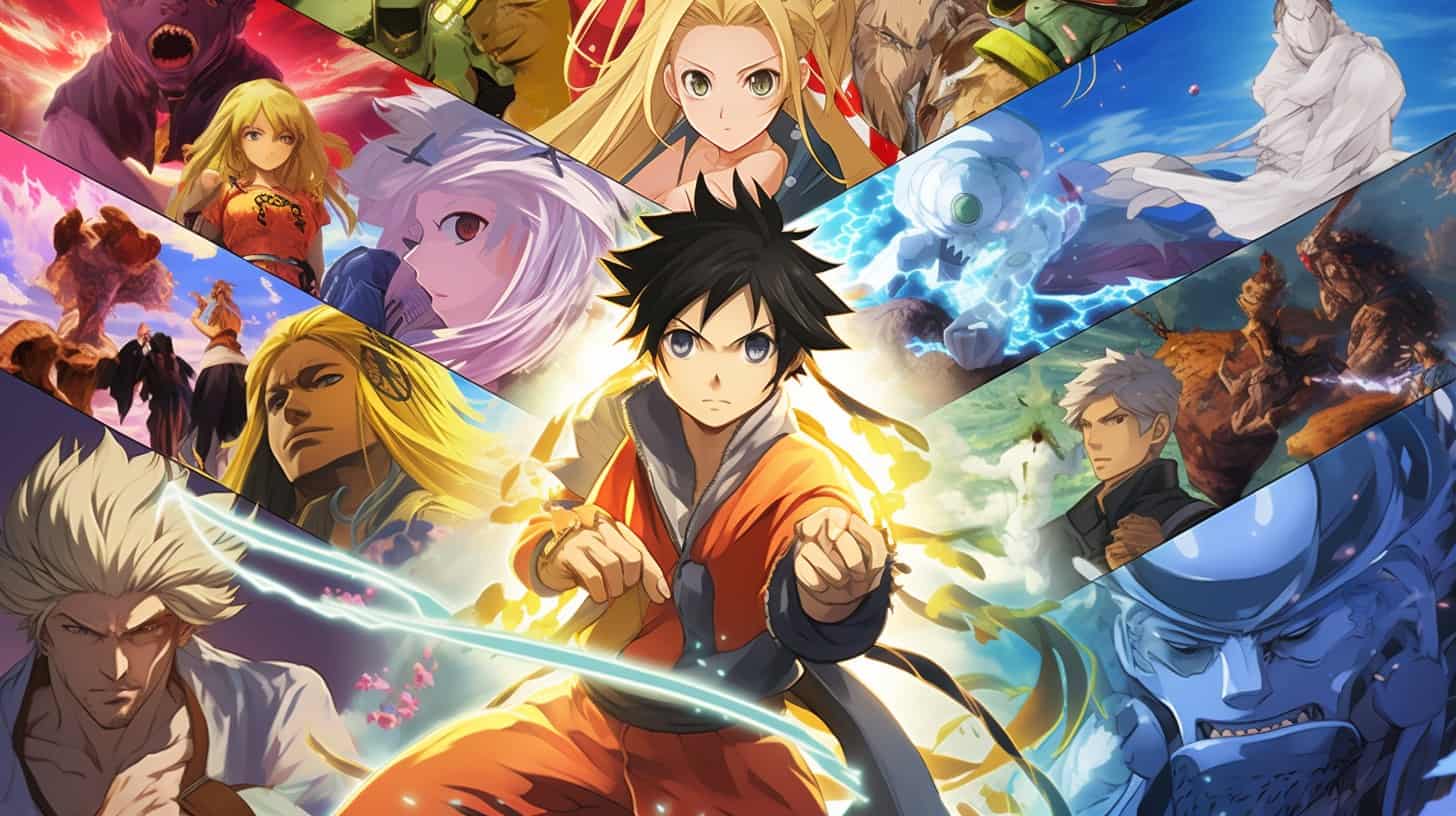Diving into the world of anime can feel like decoding a complex secret language. I get it – when I first dipped my toes into Japanese animation, the sheer volume and variety were overwhelming.
But fear not; with over a century’s worth of content that appeals to audiences from kids to adults, this guide breaks down everything you need to know about anime. Let’s explore this vibrant universe together!
Key Takeaways
Anime is a style of animation from Japan with stories for all ages, not just kids.
There are different genres within anime like Shonen for action and Shojo for romance, fitting many interests.
Many anime series come from manga, which are Japanese comic books that provide the original story.
Streaming services have made it easier to watch anime in subtitles or dubbed in English worldwide.
Table of Contents
Defining Anime: More Than Just Japanese Animation
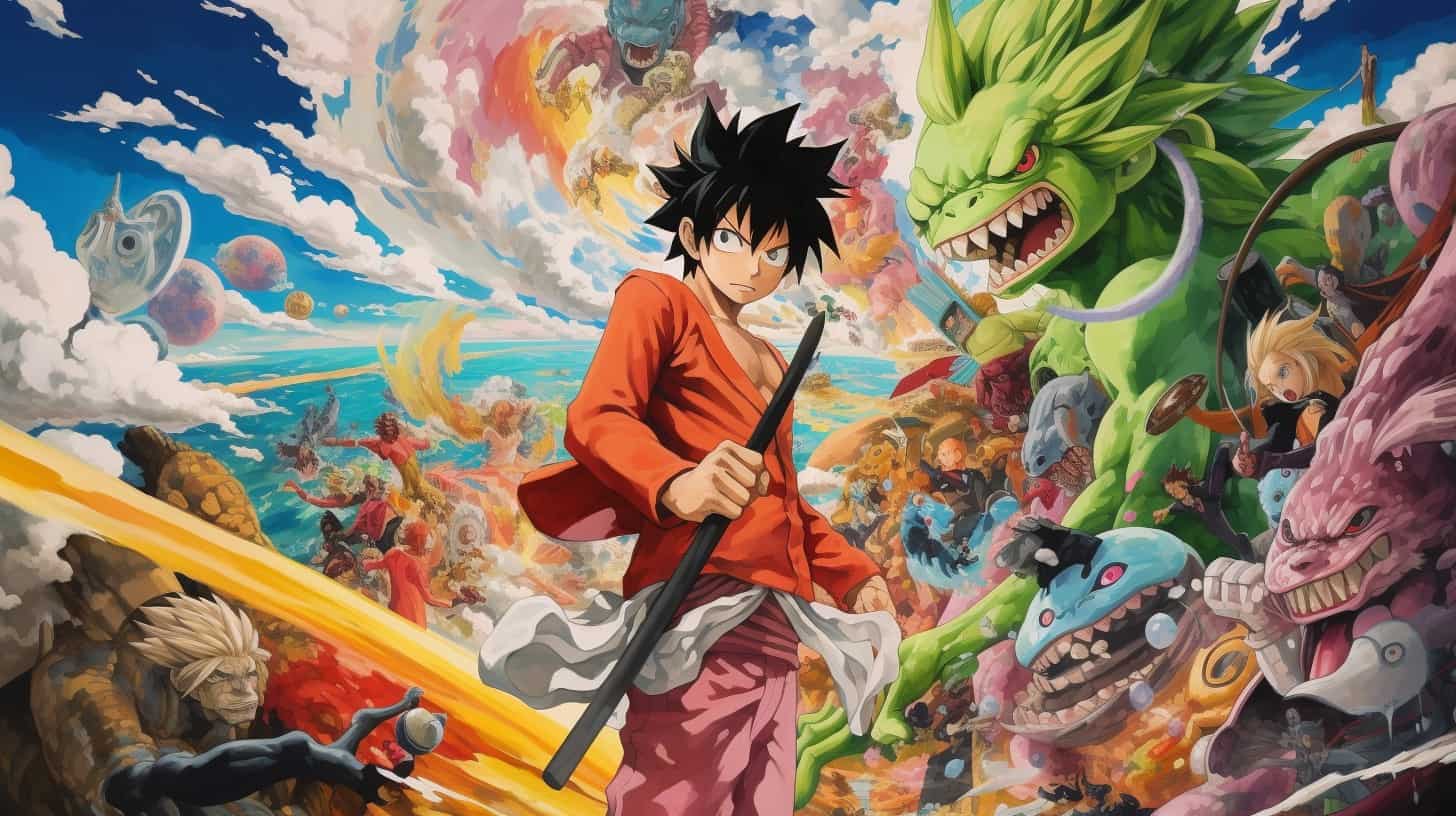
Anime transcends the boundary of mere Japanese cartoons, it’s a vibrant cultural phenomenon with deep roots and distinctive storytelling that challenges preconceived notions about animation.
Far from just being another form of traditional animated media, anime offers a unique blend of artistry, complex characters, and thought-provoking plots that resonate with audiences globally.
Anime is hand-drawn and computer-generated animation originating from Japan. Outside Japan and in English, anime refers specifically to animation produced in Japan. However, in Japan and in Japanese, anime describes all animated works, regardless of style or origin.
https://en.wikipedia.org/wiki/Anime
The Origins of Anime
Anime has its roots in Japan and goes way back. People there have been enjoying anime for over a hundred years. It all started with short films that looked a bit like cartoons we know today.
These early animations often had simple stories or folk tales.
The first anime ever was probably about a samurai boy and his sword, but it’s tough to say because the film got lost long ago. Over time, creators like Osamu Tezuka helped make anime what it is now.
He made “Astro Boy,” known as “Tetsuwan Atom” in Japan, which became super famous around the world. His work showed everyone just how cool and different Japanese animation could be from other kinds of cartoons.
Anime vs. Traditional Animation: Understanding the Differences
As we delve deeper into what constitutes anime, it’s crucial to unpack the distinctions between this Japanese art form and traditional Western animation. Here’s a breakdown encapsulating their unique differences.
| Aspect | Anime | Traditional Animation |
|---|---|---|
| Target Audience | Caters to all age groups, from children to adults | Primarily aimed at children and family audiences in the West |
| Character Design | Characters often exhibit large eyes and distinct facial expressions | Character features tend to be more varied and less stylized |
| Visual Style | Emphasizes detailed scenery, background, and environmental elements | Focuses more on the actions and expressions of characters in the foreground |
| Cultural Context | Rooted deeply in Japanese culture, customs, and societal norms | Typically reflects Western storytelling and humor |
| Animation Techniques | Varies from studio to studio, involving intricate production stages | Can be more uniform, often following established industry standards |
| Perception | Seen as a diverse medium with varying genres for different demographics | Often perceived as a genre itself, mainly for entertainment |
| Artistic Expression | Regarded as a form of cinematic art that can convey complex themes | Seen as a medium for storytelling with a focus on humor and fun |
These juxtaposed qualities highlight that anime is not just a mere subset of animation; it’s a distinct, versatile art form appreciated worldwide by enthusiasts like us.
The Diverse World of Anime Genres
Venturing into the realm of anime, one quickly discovers a tapestry of storytelling that caters to every imaginable taste. It’s a vibrant spectrum where dynamic genres meet unique narratives, welcoming enthusiasts from all walks of life beyond the common misconception that it’s child’s play.
Exploring Different Genres and Target Audiences
Japanese anime isn’t just one thing; it’s a whole world of styles and stories. It has something for everyone, from action-packed adventures to sweet love tales.
- Shonen: This genre is all about young boys. Shows like “Naruto” and “Dragon Ball Z” are full of action and mighty heroes fighting bad guys. Boys and teenagers mostly watch these, but anyone can enjoy the crazy battles and strong friendships.
- Shojo: Shojo anime focuses on girls’ lives and their feelings. These stories often have romance and drama, like in “Sailor Moon.” While aimed at younger girls, the heartfelt stories can touch people of all ages.
- Seinen: Seinen is for adult men. It’s more serious or even R-rated with mature themes. Think “Cowboy Bebop” or dark tales like “Death Note.” These aren’t for kids, but grown-ups looking for deep plots will get hooked.
- Josei: Like seinen, josei targets adult women. It talks about love and life in a real-world way. Shows such as “Paradise Kiss” cover adult relationships in a style that’s close to real life.
- Mecha: Giant robots, called mecha, are huge here! They’re in a series where big machines fight or help save the day. Fans of technology or epic sci-fi battles would love this genre.
- Fantasy: Anime takes you to magical worlds with fantasy stories. They’re full of strange creatures and lands to explore—perfect for those who dream big!
The Misconception That Anime is Solely for Kids
Many people think anime is just for kids, but that’s not true. Animated shows in America often target children, but Japan makes anime for everyone. That means a show can be about anything from space adventures to love stories.
There are even scary ones with monsters and heroes like Goku from “Dragonball Z.” Anime can also teach us things or make us laugh hard.
Parents should know that not all anime is good for little ones. Some contain fights, naughty words, bare bodies, drug use, and adult love themes. This is why it’s smart to check if an anime fits your child before they watch it.
We have cool categories like KODOMO for the youngest fans and SHÓNEN or SHÓJO for bigger kids who dig action or romance tales.
Next up: Let’s look at how more folks around the world are getting into anime!
Anime’s Rising Popularity Globally
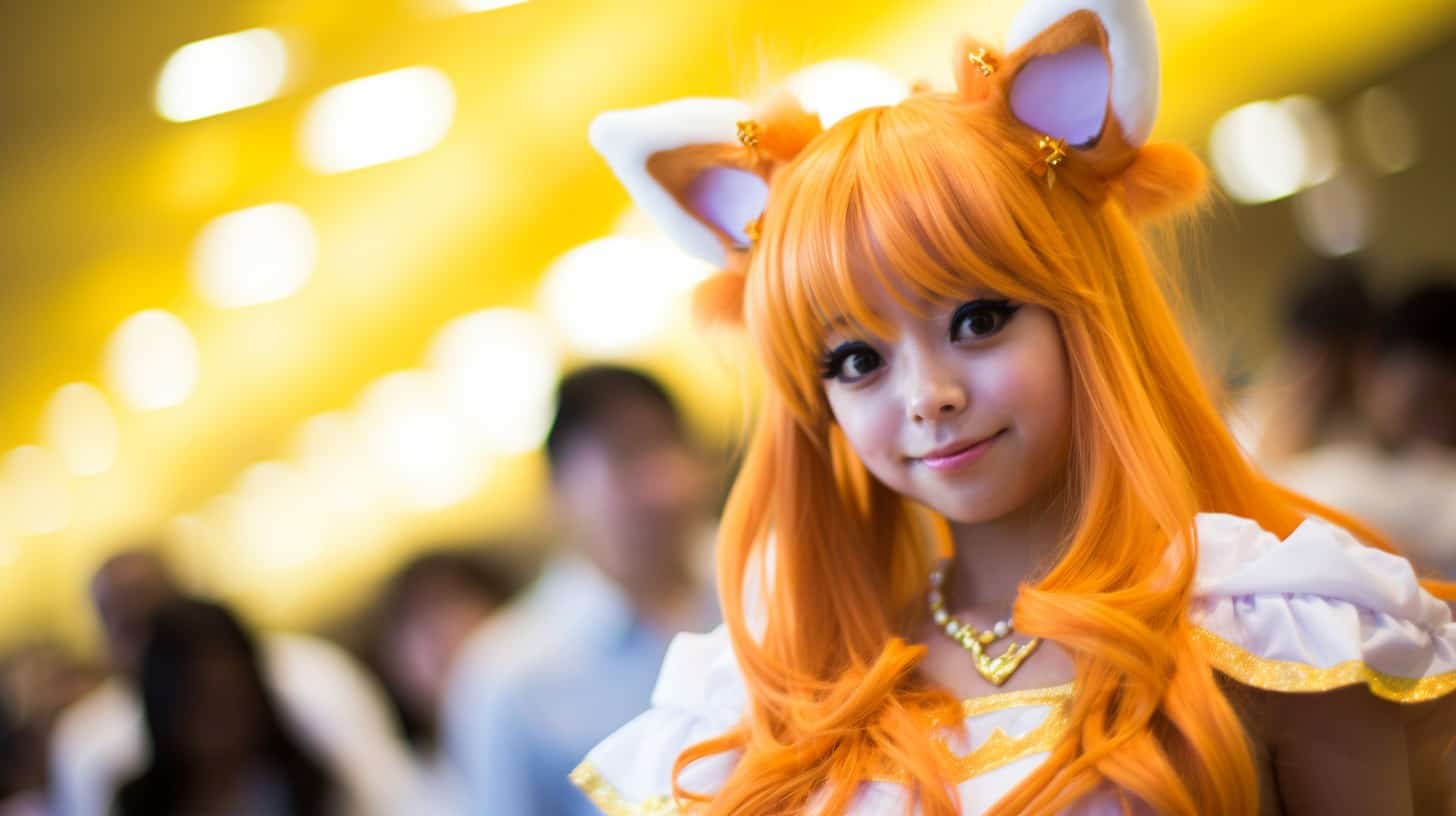
Anime has transcended its cultural roots to become a global phenomenon, captivating audiences across continents with its unique storytelling and artistic depth. This dramatic surge in popularity is reshaping entertainment landscapes worldwide, making anime an undeniable force in mainstream media.
The Growth of Anime in American Culture
Anime has really taken off in American culture. You can see it everywhere, from t-shirts with famous characters to big conventions where thousands of fans dress up and celebrate their favorite series.
This boom isn’t just about watching shows; it’s a whole experience with fan art, discussions on social media, and even people learning Japanese to get closer to the original work.
Shows like “My Hero Academia” and classics like “Dragon Ball” have introduced so many new fans to this exciting world. And thanks to streaming services like Crunchyroll or Netflix putting anime at our fingertips, it’s easier than ever for anyone in America to become an anime lover.
The cool thing is that anime connects us all together – whether we’re into action-packed adventures or love stories – there’s something for everyone.
How Streaming Services Have Expanded Anime’s Reach
Streaming services like Netflix, Crunchyroll, and Funimation have been game-changers for anime fans around the world. Before these platforms came along, finding anime outside of Japan could be tough.
Now, with just a few clicks, anyone with the internet can dive into a vast ocean of Japanese animation. This easy access has helped more people discover anime about spaceships, bunny girls, and so much more.
As I got to explore an ever-growing library of shows and films on these sites, my geeky passion only grew stronger. Streaming has made it simple for fans across the globe to indulge in their nerdy hobbies without waiting for DVDs or TV broadcasts.
This ease of watching has helped make fandoms bigger and brought new voices into our conversations online and at conventions.
Now, let’s see how subtitles versus dubbed versions play out in the anime experience!
The Anime Experience: Subbed Versus Dubbed
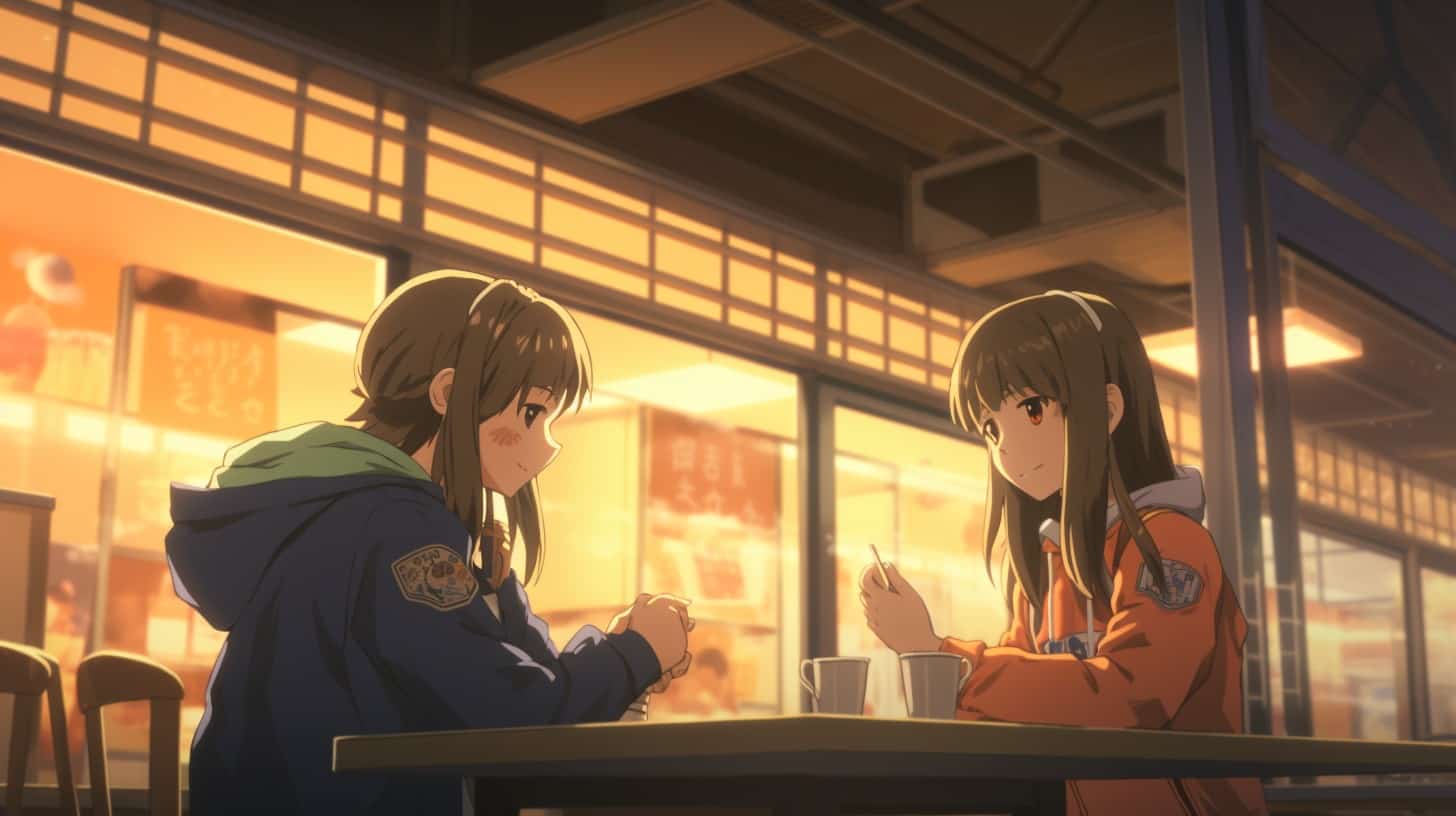
As a gateway into the anime world, you’ll soon discover the passionate debate that divides fans: subbed or dubbed? This decision not only affects how you experience the nuanced performances of voice actors but also shapes your connection with the story’s cultural context.
The Debate Between Subtitles and English Dubs
I love watching anime in its original form with subtitles. This way, the heart of the story stays true because you hear the real voices of the characters and get every bit of emotion just as intended.
Subs help keep those cool Japanese words and cultural hints that dubs might skip over. Plus, reading subtitles can be a quick way to learn some new Japanese phrases!
English dubs have their place too, making anime easy for everyone to watch. You won’t miss any action since there’s no need to read at the bottom of the screen—which is a big win during fight scenes or fast-paced moments! Everyone has their own taste; some folks are all about subs, while others hop on the dub train for certain shows.
Voice acting and translation quality really matter here, but whether it’s subbed or dubbed, I’m all in for more anime goodness!
The Connection Between Anime and Manga
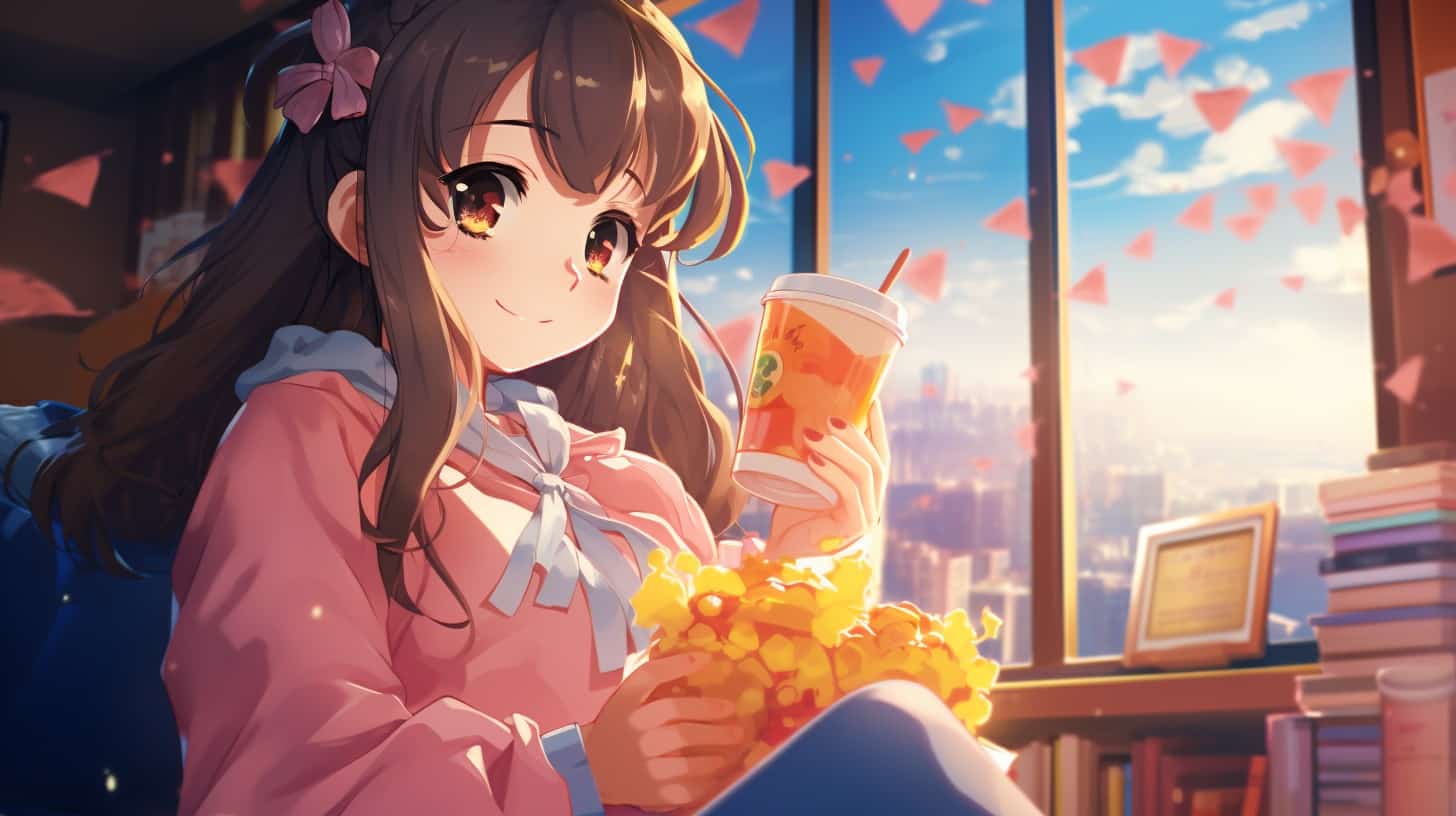
Discover how the vibrant worlds of manga serve as the foundational storyboards for your favorite anime series, and dive deeper into this fascinating interplay that brings epic narratives to life on screen.
How Manga Serves as a Blueprint for Anime
Manga is like a treasure map for creating anime. When animators decide to make a new anime series, they often look at manga stories first. Manga has all the cool characters and exciting plots ready to go.
It’s kind of like how comic books are turned into movies here in America.
I think it’s awesome that manga artists have a big say in how the anime turns out. Their ideas and drawings help make sure the anime looks just right, matching what fans loved about the manga.
Now, let’s take a peek at how these amazing stories get brought to life in animation!
How Anime is Created
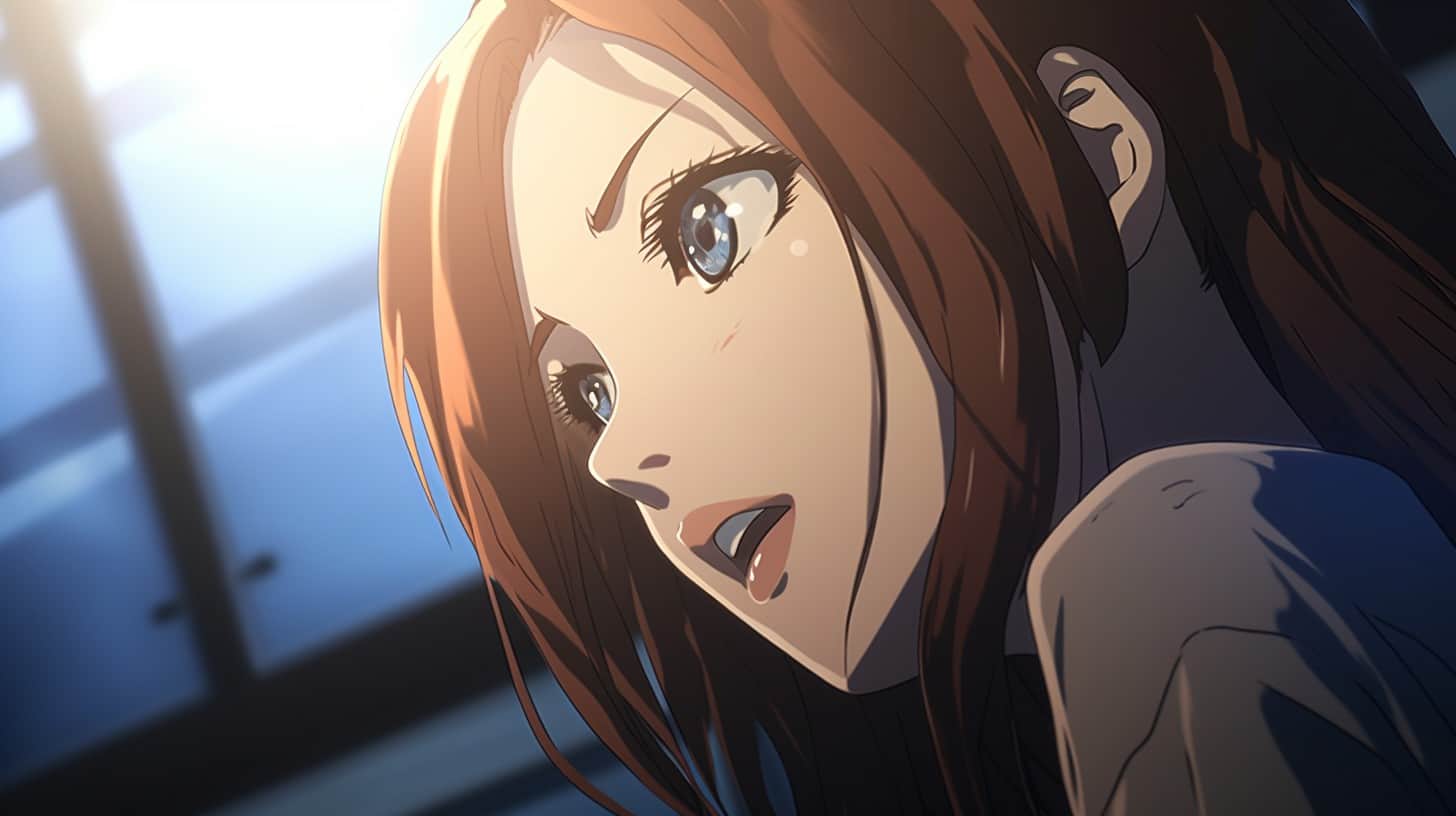
Diving into the world of anime creation reveals a complex symphony of artistry and technology, where animation companies in Japan laboriously transform imaginative scripts into vibrant visual art.
This process, marrying traditional hand-drawn techniques with cutting-edge digital tools, births the unique style and fluid storytelling that have become hallmarks of Japanese-style animation.
A Glimpse Into Anime Production Techniques
Anime is not just your usual cartoon. It’s a rich visual art form that comes to life through some amazing steps. Here’s how the pros in Japan do it:
- They start with a great story. Much like a movie, anime begins with writers who create the plot, characters, and world.
- Next, artists draw storyboards. Think of these as the comic book version of the anime. They show what each scene looks like.
- Landscaping gives the world color and depth. Artists paint backgrounds, so characters have cities or nature to live in.
- Designing characters is key. This means figuring out how they look from all angles and what expressions they make.
- Enters the keyframes stage. These drawings are the major moments of action and emotion in anime.
- In-between animation fills the gaps. These are drawings that connect keyframes to make movements smooth.
- The photography/film team gets involved now. They capture each frame with cameras to prepare for combining images.
- Effects teams add magic with visual effects like sparkles for magic spells or shadows for scary scenes.
- Bringing it all together is called compositing. This step mixes all parts of animation, backgrounds, and effects into one piece.
- Voice actors record their lines after most of the drawing is done so they can match their speech to character motions.
Engaging with Anime as a Beginner
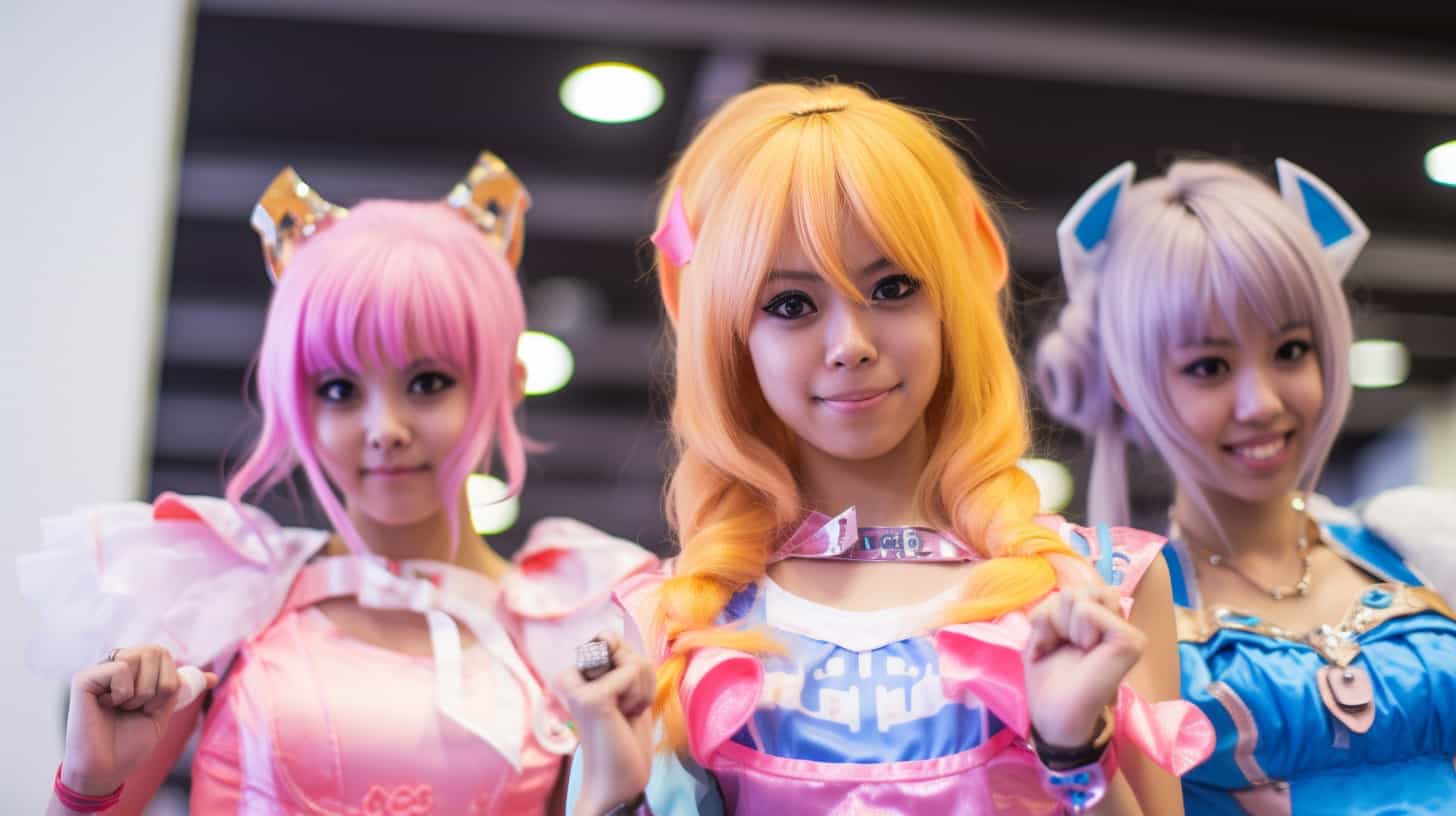
Diving into the world of anime can be exhilarating, with a vast landscape to explore that’s packed with vibrant storytelling and unique artistic styles. To immerse yourself fully, start by discovering the platforms where anime thrives and join conversations in thriving communities that welcome newcomers with open arms.
Finding Anime: Platforms and Recommendations
I love anime. Finding new shows to watch is one of my favorite things to do!
- Check out streaming services like Hulu, Netflix, and Amazon Prime. They have lots of anime for you to choose from.
- Explore Crunchyroll and Funimation. These platforms are great for discovering a wide variety of anime titles, especially if you’re just starting.
- Don’t miss “My Hero Academia,” “Attack on Titan,” and “Fullmetal Alchemist: Brotherhood.” These series are perfect for beginners.
- Visit forums or communities online. Places like Discord or Reddit can give you awesome suggestions and connect you with other fans.
- Search hashtags on social media platforms such as Instagram and TikTok. There, you will find cool clips and fan-made content that might pique your interest in new series.
- Ask friends who enjoy anime for their recommendations. They probably know what’s good and can point you toward the best shows.
- Look up lists of top anime films or series. Bloggers and YouTubers often share their favorites which can be a helpful guide for newcomers.
Getting Involved in the Anime Community
Getting into the anime community is a blast, especially with all the fans you can meet. You might want to join online groups or forums where people chat about their favorite shows and characters.
It’s a cool way to find friends who also love anime, and you can talk about everything from Studio Ghibli movies to the latest episodes of popular series. Another fun thing is going to anime conventions.
These events are huge gatherings where you can dress up in cosplay, watch panels, and maybe even meet some voice actors.
You could also become part of local clubs that watch and discuss anime together. This gives you a chance to see new animes and share thoughts with others right there with you. And don’t forget, supporting the industry by buying official stuff or using streaming services helps out too! Next up, let’s look at some common questions newcomers have about anime.
Anime: The Colorful World of Animation
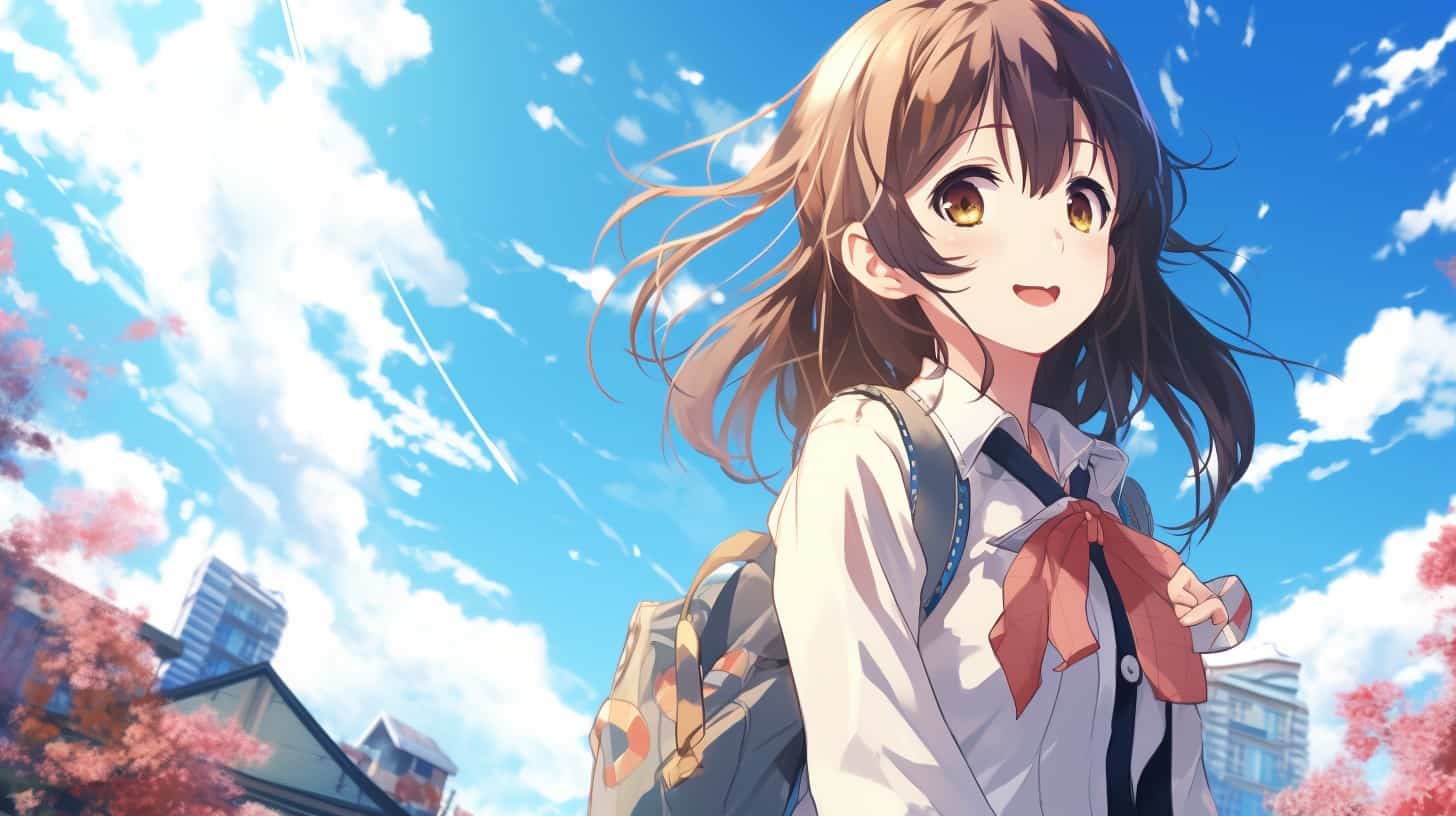
Anime is a colorful world of animation that comes from Japan. It’s for everyone, not just kids, and has all kinds of stories to tell. You can watch it with subtitles or listen to dubbed voices in English.
Manga books often turn into anime shows! Remember, whether you’re new or a longtime fan, there’s always more amazing anime out there waiting for you to discover.
FAQs About Anime
What is anime?
Anime is a type of animated television series or movie from Japan with unique stories and artwork.
Can anyone watch anime?
Yes, people of all ages can enjoy anime! There are shows for kids like “Pokemon” and adult-oriented series such as “One Punch Man.”
Are there different kinds of anime?
Absolutely! Anime comes in many forms, like action-based “Dragon Ball” or romance genres seen in “Sailor Moon Crystal.”
Do I have to know Japanese to watch anime?
No need to know Japanese! You can watch it with subtitles or look for dubbed versions on places like Netflix.
Is all anime just cartoons for children?
Not at all. While some animes are for kids, others tell deeper stories that adults find interesting too.
How do fans share their love for anime characters online?
Fans create fanfiction on sites like Wattpad, make TikToks, or even draw their favorite characters and share them on Tumblr.
